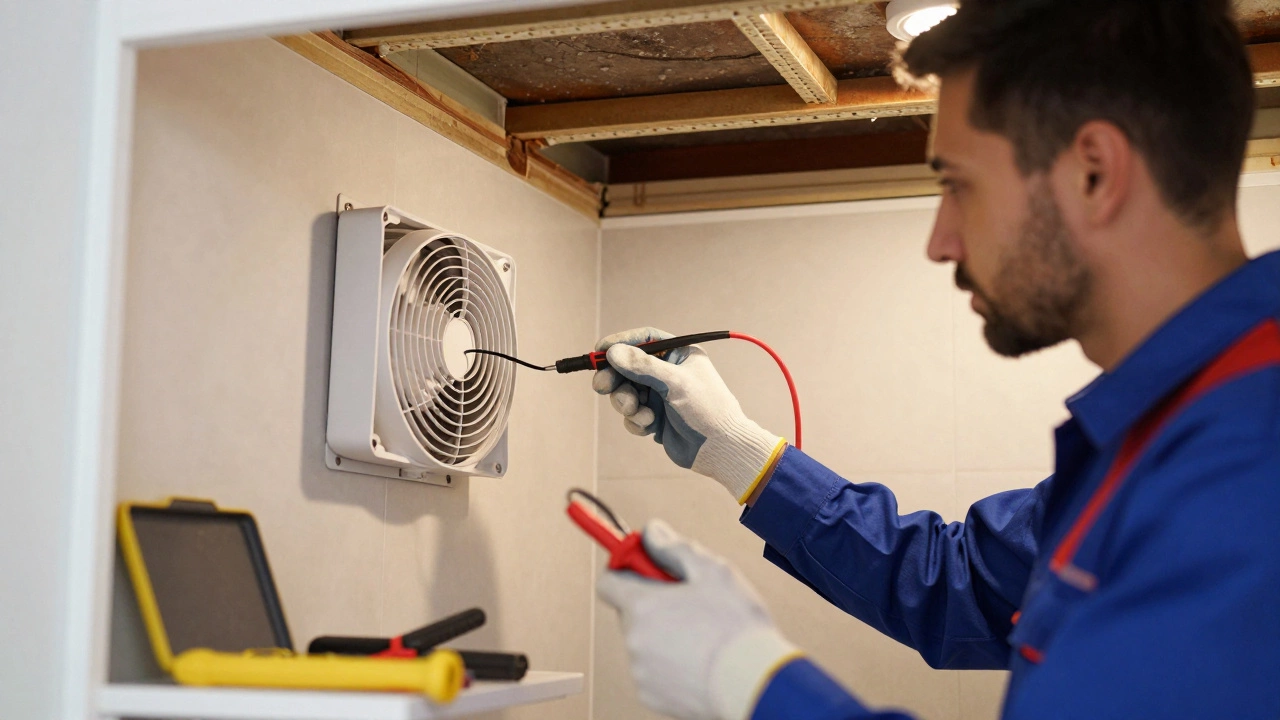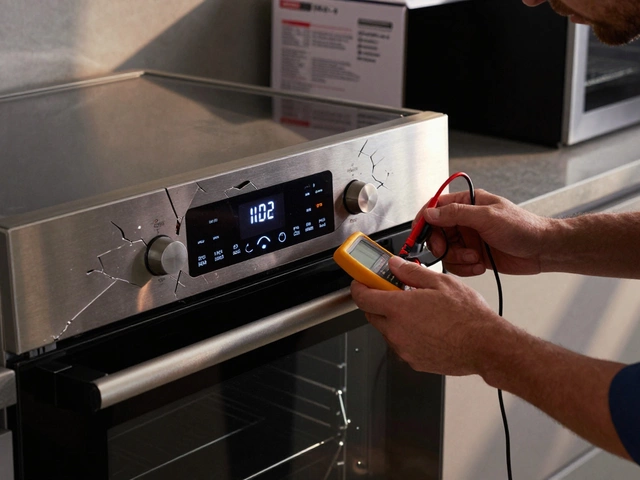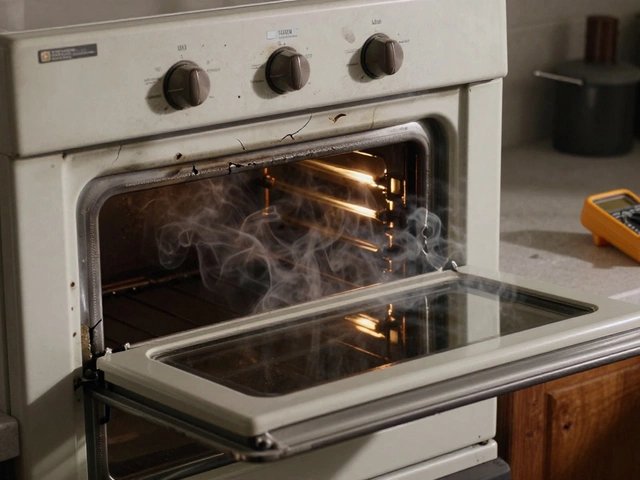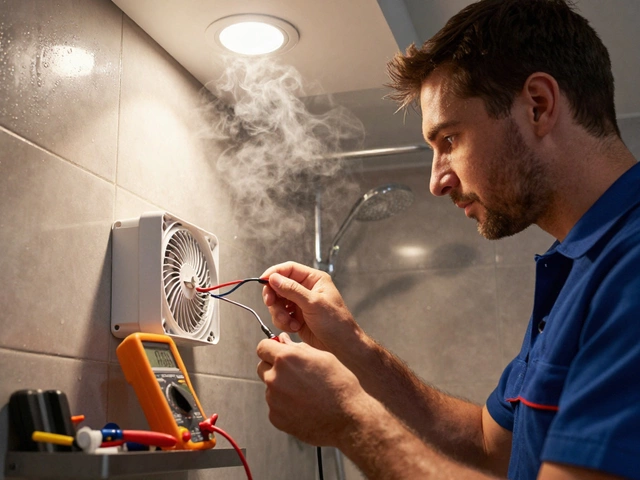Extractor Fan Replacement: What Triggers It and How to Get It Done
If your bathroom or kitchen fan is making weird noises, dripping water, or just won’t turn on, you’re probably looking at a replacement. Ignoring the problem can lead to mould, excess humidity, and a stale smell that never goes away. In this guide we’ll walk through the tell‑tale signs, the price range you can expect, DIY basics, and when it’s smarter to call a professional.
Spotting a Fan That Needs to Go
First, check the basics. Does the fan still spin when you flip the switch? If it stalls or spins slowly, the motor may be burnt out. Look for a rattling sound – that often means the blades or housing are cracked. Moisture buildup inside the unit is another red flag; a constantly wet fan can short‑circuit and become a fire risk.
Other clues are subtle. A lingering musty odor after a shower, foggy mirrors, or a kitchen that stays greasy despite using the fan all point to inadequate ventilation. When cleaning the grill doesn’t improve airflow, the fan’s internal components have likely worn out and replacement is the next step.
Costs, DIY Steps, and Hiring Help
On average, a new extractor fan costs between £60 and £150, depending on size, power, and whether it has extra features like a timer or humidity sensor. Installation adds £50‑£100 if you hire an electrician or a qualified ventilation specialist. DIY‑savvy homeowners can save the labour cost by following a few simple steps.
Here’s a quick DIY rundown: 1) Turn off the circuit breaker – safety first. 2) Remove the old fan by unscrewing the mounting brackets and disconnecting the wiring. 3) Plug the new fan’s wires into the existing connectors (match live, neutral, and earth). 4) Secure the fan in place, re‑attach the grill, and restore power. Test the unit – you should hear a steady hum and feel airflow when it runs.
If you’re unsure about wiring or the fan sits behind plasterboard, call a pro. A licensed electrician can ensure the connection meets UK regulations and won’t void your home insurance. Also, professionals can check ventilation ducting for blockages, which often cause fans to fail early.
When you decide to replace, think about future maintenance. Choose a fan with a removable filter so you can clean it every few months. This simple habit keeps the motor cooler and extends the life of the new unit.
Bottom line: a noisy, weak, or wet extractor fan isn’t something to live with. Spot the signs early, weigh the cost of a new unit versus endless repairs, and either tackle the swap yourself if you’re comfortable with basic electrical work, or book a qualified installer. Your home will stay fresher, drier, and a lot safer.
21 December 2025
·
0 Comments
Who replaces an extractor fan? Licensed electricians, ventilation specialists, or plumbers with experience in ductwork. DIY replacement risks safety and legality. Learn who to hire and what to ask before you start.
Read more
28 October 2025
·
0 Comments
Extractor fans typically last 10 to 15 years, but poor maintenance, grease buildup, and high humidity can cut that in half. Learn the signs it's time to replace yours and how to pick a better one.
Read more
27 March 2025
·
0 Comments
Extractor fans play a crucial role in maintaining air quality in kitchens and bathrooms. While some might consider replacing an extractor fan themselves, it's essential to weigh the complexity and safety concerns. Understanding the electrical skills needed, as well as when professional help is necessary, can save time and prevent potential mishaps. Whether it's dealing with wiring or ensuring proper ventilation, knowing when to call an expert could be a wise choice.
Read more








